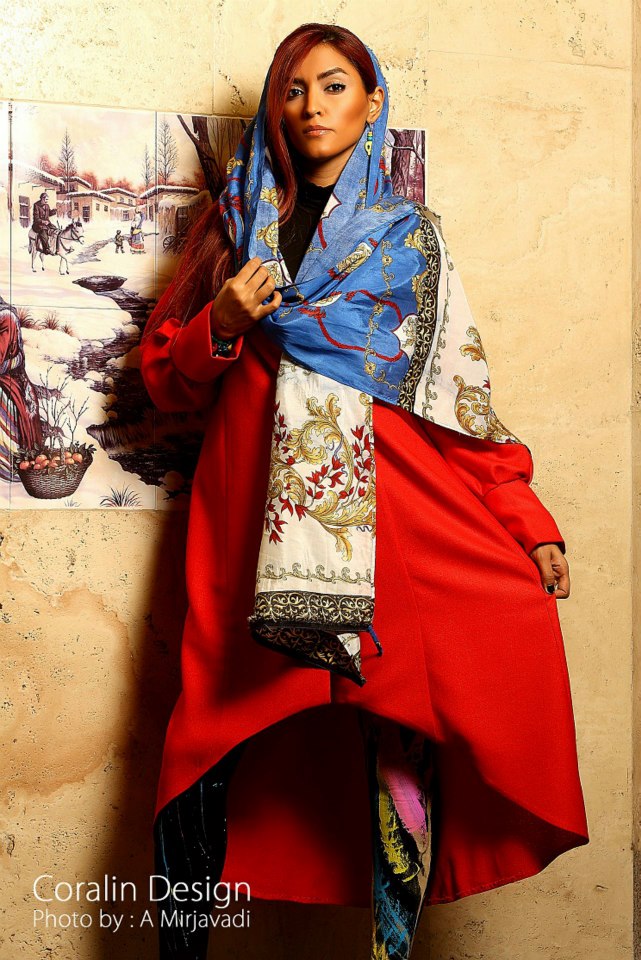To understand politics in Iran these days, outsiders also have to understand female fashion. A woman’s right-to-wear was an implicit theme in the election of Iran’s new President Hassan Rouhani, who won huge chunks of the young and female vote in June by pledging to “minimize government interference” in the country's cultural affairs. He acknowledged demands for greater individual freedoms.

Shortly after his election, Rouhani was more specific on his official English-language Twitter account. “If some1 doesn’t comply with rules for clothing, person’s virtue shuldn’t come under question. Our emphasis shud b on virtue,” @hassanrouhani tweeted July 3.
The political reality is that Rouhani was responding to Iran’s expressive young women, for whom dress has become a symbolic way to speak their mind. A new generation of glam fashionistas, both designers and consumers, has discarded lackluster street clothes that were a classical stereotype of the Islamic Republic.
Fiery reds, flashy yellows, bright blues and brassy greens are replacing the dark, drab and dreadful—and defying rigid dress restrictions that have inhibited Iranian women from showing their shapes or individuality since the 1979 revolution.
The new hipster leggings, studs and leather now worn by Iran’s home-grown Material Girls sometimes tempt government dictates. But the regime now has trouble pushing back fashion trends when 70 percent of its females are under 35—and part of Iran’s largest voting bloc. Designers are utilizing social media, especially Facebook even though it is banned, to promote their fashions.
Designer Naghmeh Kiumarsi (slideshow of designs to the left) has led the way, converting the classic hijab into chic headcover. She also transformed the manteau—a long, loose coat—into sassy jackets that would pass as top-line fashion in any European capital. Kiumarsi’s work is unique for its use of traditional Iranian textiles and Persian poetry. Her scarves carry decorative calligraphy and images from some of the most popular Iranian poems.
“The ideas in my designs come directly from the experiences of my life combined with the courage to express them through the textures and forms,” Kiumarsi said. “’Remember to Fly,’ my latest collection, conveys the positive message that the sky is the limit. If we want to kiss the sky, we should remember to fly and not be afraid.”
The revolution was a rejection of Westernization, including its mini-skirts and make-up. Many women then still clung to tradition—at a time that literacy among women was just over 40 percent, according to the World Bank.
 Now, it’s just the reverse, a reflection of the growing dynamism – and education -- among Iran’s women. More than 95 percent of females between 15 and 24 are now literate, over double the number who could read and write in the mid-1970s.
Now, it’s just the reverse, a reflection of the growing dynamism – and education -- among Iran’s women. More than 95 percent of females between 15 and 24 are now literate, over double the number who could read and write in the mid-1970s.
They accounted for more than 60 percent of all university students until 2012, when ultraconservatives under former President Mahmoud Ahmadinejad restricted women from studying 77 subjects--including engineering, education, and counseling—at 36 universities. The subjects were reportedly too “manly.”
Iran’s women are again pushing back, however. Normally, Kiumarsi explained, women revert to modest wear during religious holidays. But in a reflection of how much is changing, she noted, Tehran designers this summer dared to add in-your-face flash – including studs and leather -- to black chadors during Ramadan, the holiest month in the Muslim world.
